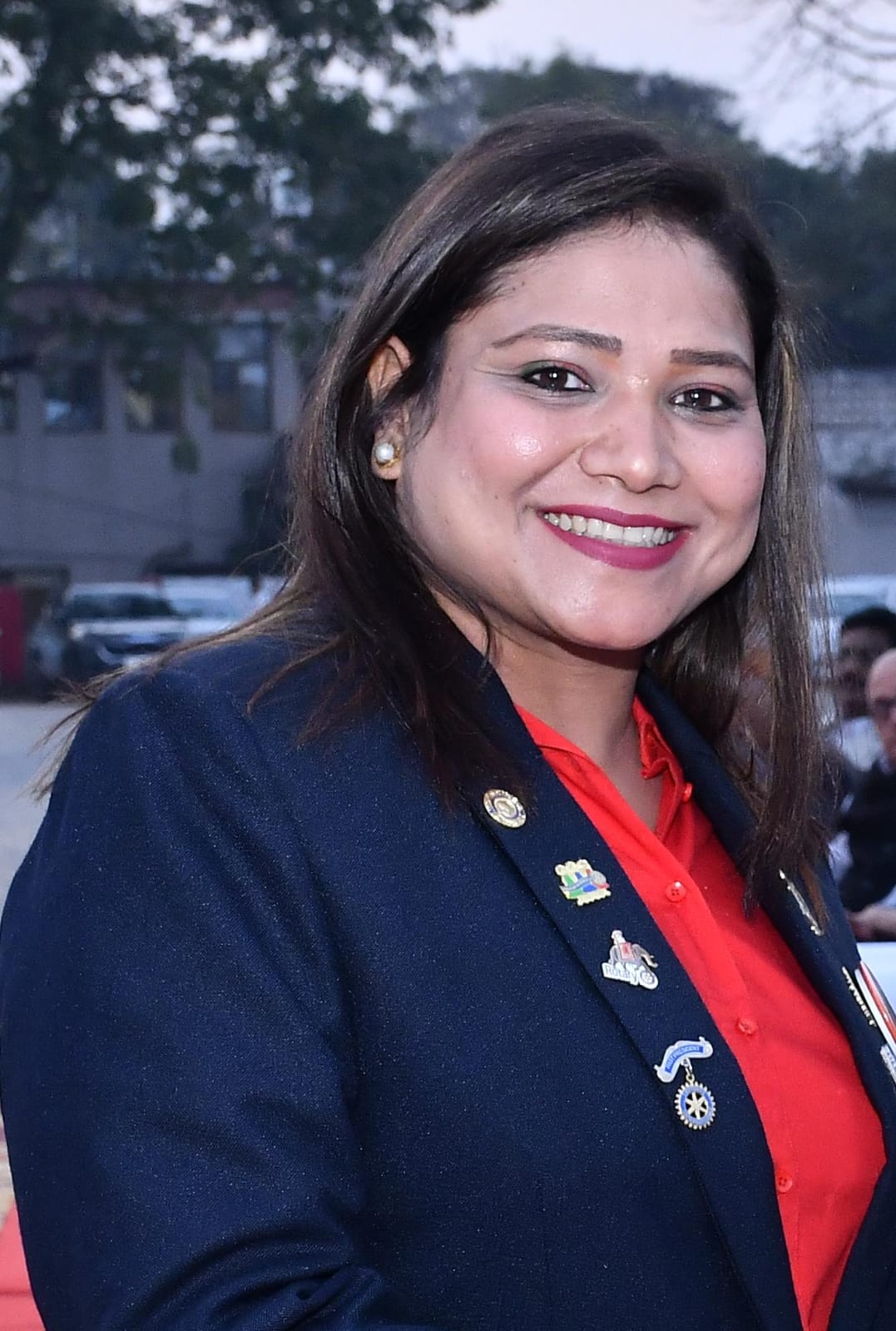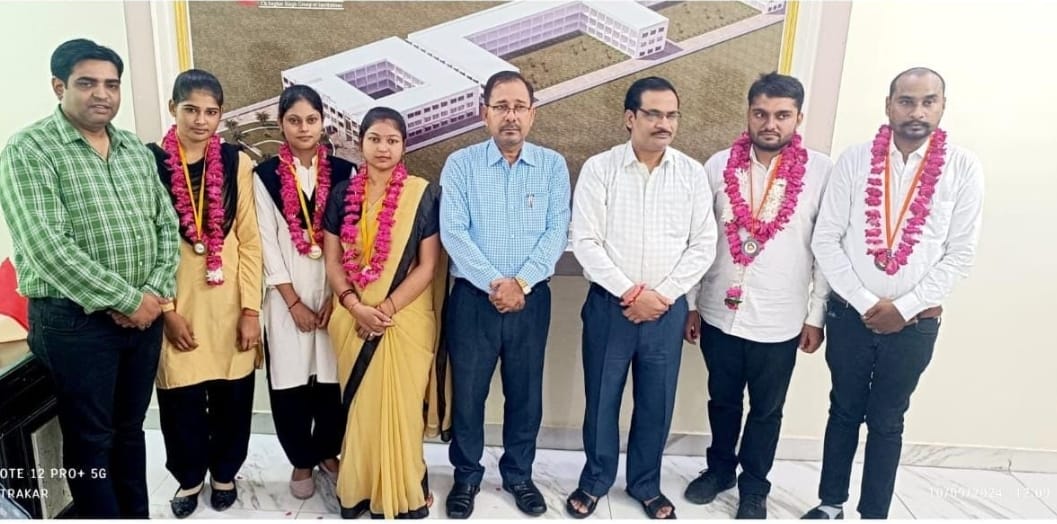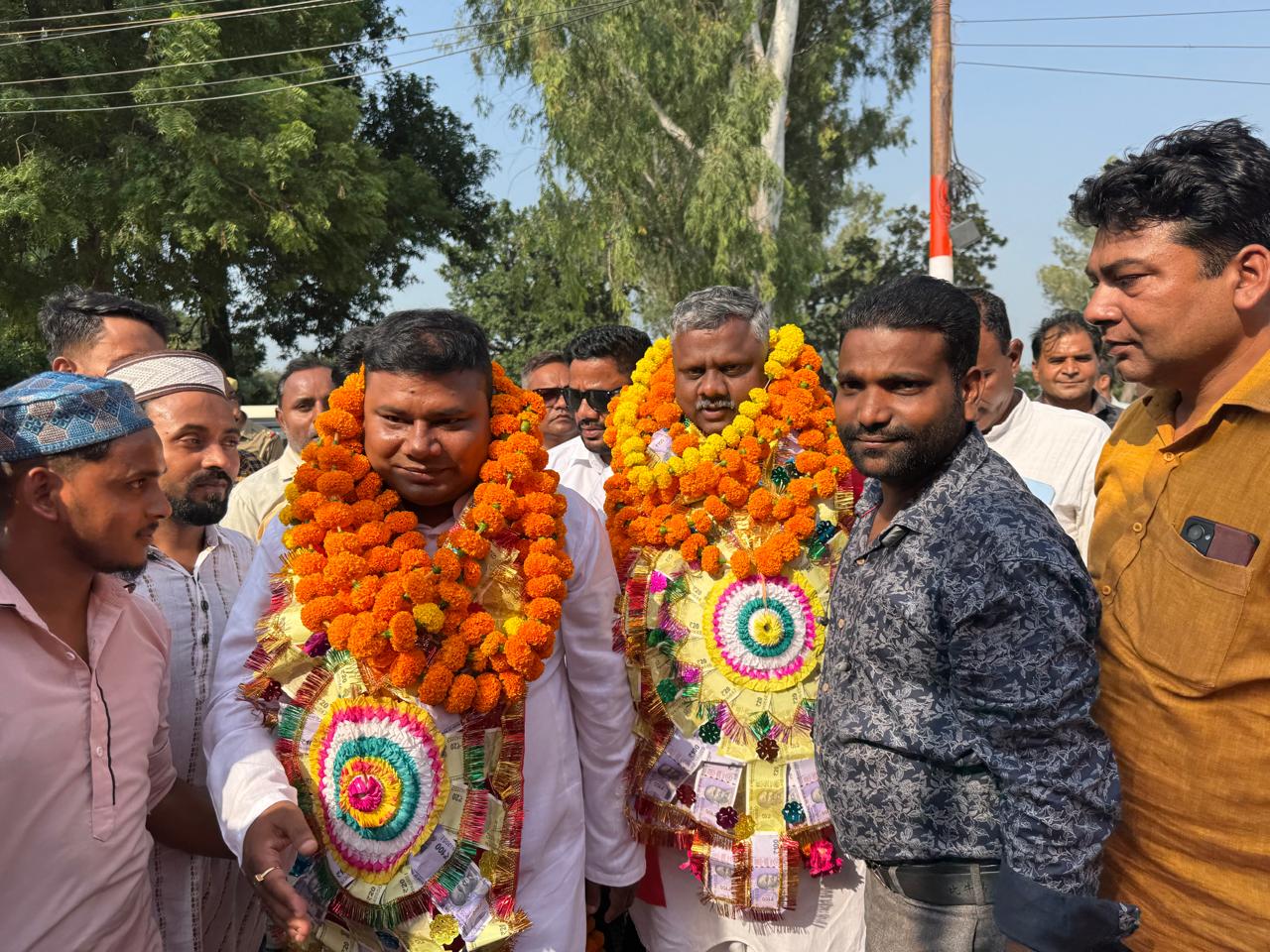The Ministry of Earth Sciences (MoES) celebrated its 18th Foundation Day at its Prithvi Bhavan Headquarters today, marking nearly two decades of significant contributions to Earth system sciences. Founded on July 27, 2006, MoES has been at the forefront of scientific research and services. The Ministry’s achievements span across all spheres of earth system sciences: air or atmosphere, water or hydrosphere, land or lithosphere, solid earth or cryosphere, life or biosphere and their interactions, reflecting its commitment to scientific and technological progress.
The MoES 18th Foundation Day celebrations kicked off with an inaugural ceremony attended by distinguished guests, including senior government officials, scientists, staff, and key stakeholders. Professor Ajay Kumar Sood, Principal Scientific Advisor to the Government of India, was the Chief Guest. Dr M Ravichandran, Secretary, MoES, welcomed the Chief Guest and congratulated his colleagues. “As we enter the 19th year of the establishment of MoES, we take pride in the numerous achievements so far and should also gear up to address challenges that lie ahead, especially of food, water, energy, health and climate change, that are ever relevant. We must adhere to the motto of doing good science for translating to services for our people, for the benefit of the society”, he said.
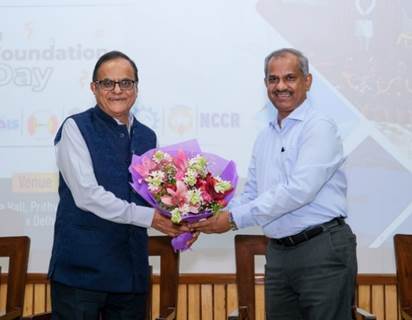
Secretary, Earth Sciences (MoES), Dr M Ravichandran, welcoming the Chief Guest, Principal Scientific Adviser (PSA) to the Government of India, Prof.Ajay K Sood
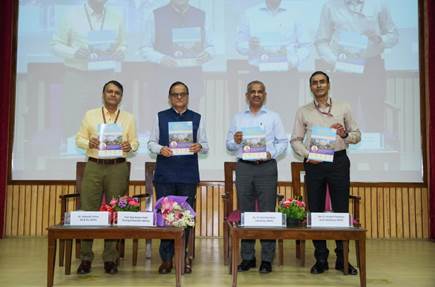
Release of MoES publications by (from left)Additional Secretary & Finance Adviser, Shri Vishwajit Sahay, PSA Prof Ajay K Sood, Secretary MoES Dr M Ravichandran, and Joint Secretary Shri D Senthil Pandian (right)
MoES launched the following publications to commemorate its 18th Foundation Day:
- The India Meteorological Department (IMD)—a sub-ordinate office of MoES, released the ‘Standard Operation Procedure on “Cyclone Warning in India” and ‘Competency Framework for Monitoring and Forecasting High-impact Weather Events’. The documents would aid stakeholders towards more efficient and timely disaster mitigation efforts.
- The National Centre for Polar and Ocean Research (NCPOR), Goa—an autonomous institute of MoES, released a consolidated report on the 14th Indian Arctic Expedition (2023-24), including India’s maiden winter Arctic Expedition (launched on December 18, 2023). The report provides in-depth information on scientific projects and field activities conducted under the Indian Arctic Expedition organised by NCPOR. It will be available on NCPOR’s website.
- The Centre for Marine Living Resources and Ecology (CMLRE), Kochi—an attached office of MoES, released a catalogue entitled ‘Taxonomy and Systematics of Anomuran Crabs (Paguroidea, Chirostyloidea and Galatheoidea) from the Indian EEZ (Exclusive Economic Zone)’. The effort contributes to the capacity building on deep-sea taxonomy and is aligned with the marine biodiversity documentation and conservation efforts of the Ministry.
- The first issue of the MoES Newsletter, envisaged to be a quarterly publication highlighting news, events, and updates from MoES, was also greleased.
A popular science talk by Dr Estibaliz Gascon, Senior Scientist at the European Centre for Medium-Range Weather Forecasting (ECMWF), entitled ‘Destination Earth Initiative in ECMWF: Revolutionizing km-scale Forecasting and Climate Models: Insights from the evaluation and diagnostics activities’, was organised. The Additional Secretary and Finance Adviser, Shri Vishwajit Sahay, and Joint Secretary, Shri D Senthil Pandian, also presided over the event.
“MoES will continue to advance science towards enhancing the quality of life for all citizens and to collaborate with national and international institutions”, said Dr Ravichandran. The event was telecasted live and available for public viewing on the MoES YouTube channel.
MoES is mandated to provide services for weather, climate, ocean and coastal state, hydrology, seismology and natural hazards; to explore and harness marine living and non-living resources in a sustainable manner; to explore the Earth’s poles (Arctic, Antarctic) and the Himalayas; and develop ocean technology for exploration of oceanic resources and societal applications.
***


